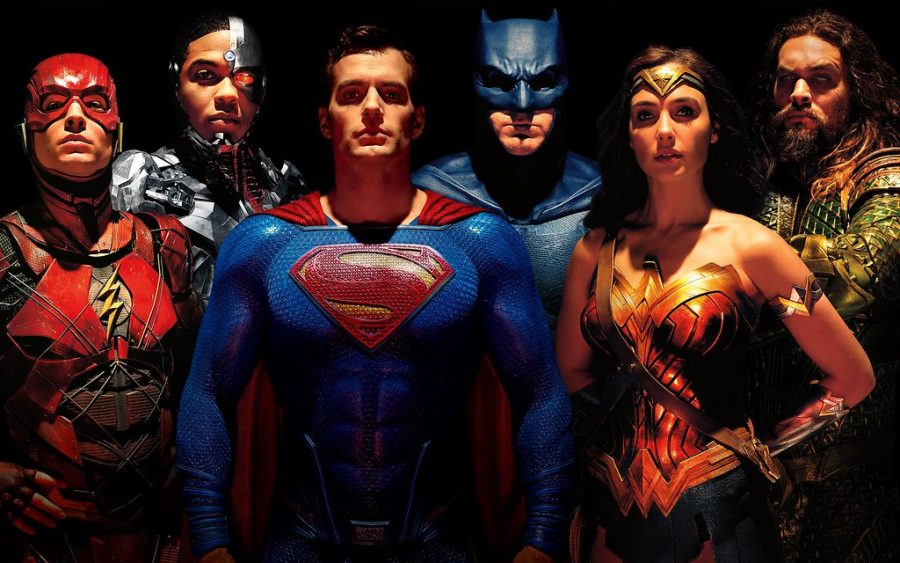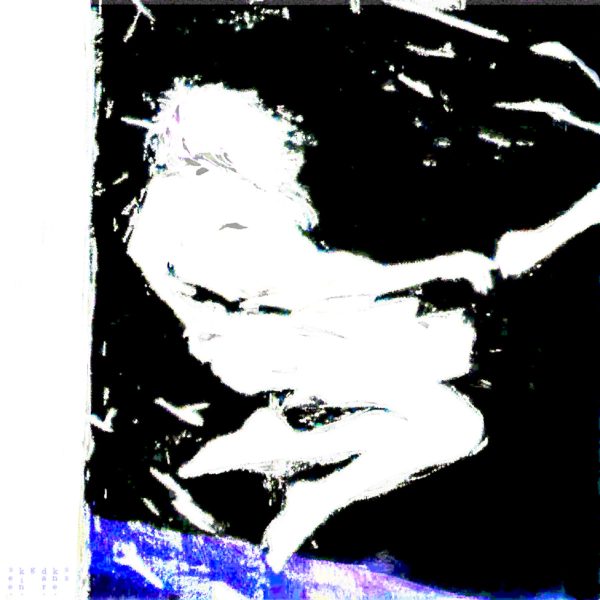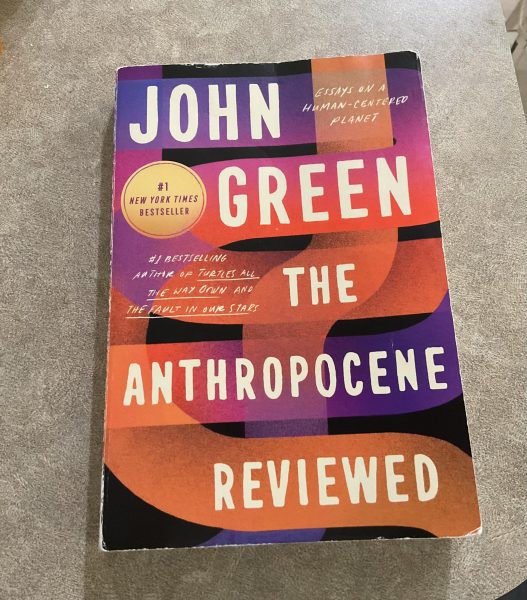Zack Snyder’s Justice League: Review
REVIEW: ZACK SNYDER’S JUSTICE LEAGUE. With the Covid-19 virus taking a hit towards movie production in Hollywood, there has been a lack of big blockbuster films that we have been so accustomed to. Released on HBO Max “Zack Snyder’s Justice League” gives Snyder’s vision of what 2017’s “Justice League” should have been. But is Snyder’s version truly superior, or just a four hour mess?
I was never initially invested in the #SnyderCut twitter movement. After the underwhelming initial release of “Justice League” in 2017, I figured I would wait another two to three years for Warner Bros. Pictures to eventually reboot the franchise before reigniting my interest in the Justice League. A quick recap of the #SnyderCut is that Zack Snyder, director of the two film’s prior “Man of Steel” and “Batman v Superman,” was directing the Justice League film until he was fired and replaced by Joss Whedon, director of the first Avengers film.
This was despite the fact that Snyder’s firing happened after he completed 100% of principal photography and some post-production for the “Justice League” film, meaning that the film was for the most part finished. When fans came out of the theaters disappointed with 2017’s “Justice League” directed by Whedon, they demanded that Warner Bros. Pictures release Snyder’s version of the film.
Here we are today with the Snyder cut no longer being the pipe dream of a die-hard fan base, but instead a fully released film on the streaming service HBO Max on March 18. In the wake of self-quarantining and a lack of big budget blockbusters, “Zack Snyder’s Justice League” could not have been released at a better time. To say that Snyder’s version was better than its 2017 counterpart is an understatement. However, in comparison to other action superhero films, the Snyder cut is far from revolutionary.
“Zack Snyder’s Justice League” does make vast improvements in the character development of the Super Friends. Most notably the character cyborg, who in the 2017 incarnation had barely any character development or motivation. Not only did the Snyder cut provide better overall character development, but the tone of the film was much more appropriate for the franchise. One of the biggest complaints of the 2017 “Justice League” was that it felt too similar to the light hatred and sarcastic tone of the marvel franchise, which is in stark contrast to Snyder’s previous two films, “Man of Steel ” and “Batman v Superman,” which had a much darker atmosphere. Say what you will about Snyder, but at least he is consistent.
While I could go on and on about the small details within the Snyder cut that shows how it was overall an improvement from Whedon’s version of “Justice League,” there is one large drawback towards the Snyder cut. The film is four hours long. Honestly, this would not have been such a big issue if audiences had not already watched the almost same exact story in 2017. Yes, the Snyder cut includes a good amount of scenes that are essential to this “new” version of “Justice League,” but there are also plenty of scenes that could have just as easily been cut in order to shave off the runtime. There are too many scenes filmed in slow motion that drag the movie. Those types of slow motion scenes are fine when you focus on characters like “The Flash” whose powers revolve around speed and movement, but the use of slow-motion for a boring scene of “Aquaman” walking down a peer destroys the momentum of the film.
“Zack Snyder’s Justice League” could have just as easily been released at a three or three and a half hour runtime, and could have not only saved time for viewers but could have also made the Snyder cut more accessible to casual audiences who do not have four hours to spare on a movie they have already seen four years ago.
Your donation will support the student journalists of Sycamore High School. Your contribution will allow us to purchase equipment and cover our annual website hosting costs.








![Mock Trial members from Gold and Green team last year pose for a picture in front of the OCLRE building in Columbus. "We all put in so much work [last] year. I know [this] year we’ll come back improved and ready to win!” said Ogunbodede.](https://shsleaf.org/wp-content/uploads/2025/10/IMG_4121-600x411.jpg)



